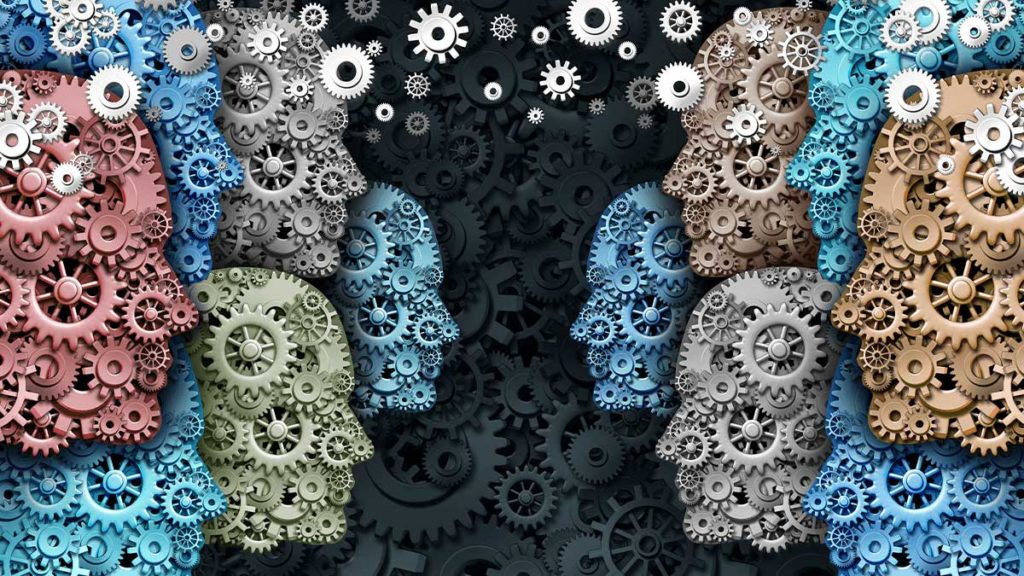
The majority of us are not healthcare workers or scientists and so may be feeling a little helpless at the moment. We can of course do out bit by staying inside and washing our hands, but is there anything else we can do? Luckily technology once again, provides an answer. Thanks to the internet, social media, and Big Data-driven analytics, there are a number of projects anyone can get involved with from home. And they could play an important part in limiting the loss of life caused by the pandemic.
The majority of these projects are powered by data and also demonstrate how crowdsourcing can crunch through masses of data can improve our chances of fighting the disease. Crowdsourced data acts as a honeypot for medical technology and pharmaceutical companies. The process of collecting enough data to create vaccines and cures through traditional methods takes time and costs money.
During past epidemics and pandemics, these initiatives were not available for us as our ability to collaboratively collect and analyse data was much less developed.
If you have even the slightest experience and knowledge of data science, then you will find numerous things that you can help out with at Kaggle, Google’s own crowdsourced data science portal.
With live datasets from the World Health Organization collated by Johns Hopkins University, as well as a library of 29,000 published articles, you can put your skills to work by taking on tasks including predicting the spread of the virus, how long it is likely to affect certain parts of the world, or what the impact of factors such as weather, economy, etc. will be on overall statistics.
If you are not too familiar with data science, there are other organisations offering ways to support the fight against the pandemic.
Folding@Home has become hugely popular and is a long-running crowdsourced initiative using donated computing power to simulate protein folding, and tackle other medical data problems. It has been using the spare power of ‘idle’ computers in people’s homes to go through data since the beginning of the outbreak. By doing this, it hopes to identify proteins in the virus that could be treated with medicine. To get involved, all you need to do is download the programme and run it on your computer. Since the project began, the amount of power donated has been over one exaFLOP (that’s 1,000,000,000,000,000,000 computing operations per second!)
If spare computer power is not something that you have, then another option is to donate your data. Kings College London has developed an application called the C-19 Symptom tracker. The application collects anonymous information to help match symptoms and diagnosed cases of COVID-19. It establishes which symptoms mean you probably have a cold and those that mean you should be tested, also helping people know the right time to isolate. The project uses machine learning and over 2 million people have signed up for it. This data has helped to confirm that a loss of smell and taste are some of the most common indicators. This was not well known at the beginning of the outbreak.
For a crowdsourced collection of information designed to be parsed by humans rather than machines, look no further than the Coronavirus Tech Handbook project, led by Edward Saperia. This started as a collection of medical information intended for doctors and other healthcare professionals, but it has quickly become a collection of knowledge and advice on subjects from hygiene and staying safe, to coping with home working and schooling. If your own unique situation has led you to develop some specialist knowledge or strategies, this is an ideal place to share them.
‘Innocentive’ is yet another crowdsourcing portal that has come up with a number of initiatives aimed at gathering data on the best way to fight the virus. Information is currently being collected to make freely-available databases of solutions and services that have emerged in response to coronavirus around the world, and to highlight areas where more investigation is needed into the impact of the virus. These projects and initiatives would not have been possible during previous pandemics and epidemics – simply because the infrastructure to collect and process data was not there. There were not as many ways to encourage people to become involved. A challenge after this pandemic is over, will be to maintain the momentum to develop new solutions that will hopefully stop anything like this from happening in the first place.